
6 February, 2024
The Science Behind Pens: How Do They Work?
The humble pen, a writing instrument so commonplace, it's easy to overlook its ingenious design and the complex physics that enable its operation. Whether it's a ballpoint, rollerball, or fountain pen, the underlying science that governs how pens work is both fascinating and intricate. This article aims to delve deep into the mechanics, chemistry, and physics that enable pens to put ink on paper.
A Brief History
Before we get into the nitty-gritty, it's worth mentioning that pens have a long history. The earliest pens were essentially thin, tapered sticks or quills dipped in ink. Over time, inventors and engineers have modified and improved pen designs to create the reliable and leak-proof instruments we know today.
Ballpoint Pens
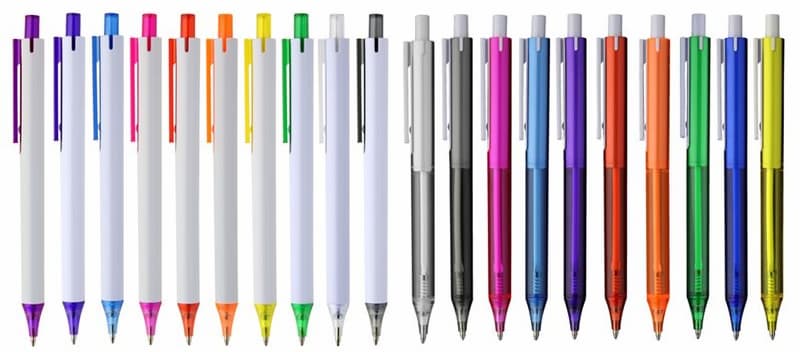
The ballpoint pen, a fixture in offices, schools, and households around the world, is often overlooked as a marvel of engineering and chemistry. Far from a simple stick that deposits ink on paper, the promotional ballpoint pen is a sophisticated tool, honed by decades of research and innovation.
The Composition of Ballpoint Ink
The ink used is generally comprised of a paste containing a mixture of dyes or pigments, solvents, and oils. The oil-based formulation is less prone to drying and has the added benefit of being water-resistant, accounting for the longevity of ballpoint pens, even when left uncapped.
How the Ink Flows
The essence of a ballpoint pen's function lies in its tiny rolling ball mechanism, usually made from brass, steel, or tungsten carbide. As the pen moves across a surface, the ball rotates, picking up ink from the ink reservoir and depositing it evenly onto the paper. The thickness and oil-based nature of the ink help it stick to the ball, thereby preventing leakage. The higher viscosity of ballpoint ink compared to liquid ink pens or gel pens also means it lasts longer, giving these pens a longer shelf life.
Writing Experience: The Balance of Friction and Fluidity
The high-viscosity ink requires a certain amount of pressure to be applied for ink flow. This characteristic means they offer a high level of control, making them suitable for tasks that require precision. However, this can also result in increased hand fatigue during extended periods of writing.
Practical Applications
They are the go-to choice for general-purpose writing and are favoured for their reliability and longevity. They are particularly useful in environments where quick-drying, smudge-resistant writing is necessary, such as in legal or official documents.
Limitations and Precautions
While they are lauded for their durability, they can occasionally suffer from ink clots, resulting in blotches or interruptions in ink flow. Also, the thicker ink formulation is not ideal for every surface; it may not work well on glossy or non-absorbent materials, where a gel or rollerball pen might be more effective.
While they may be so commonplace as to seem trivial, they are a testament to the harmonious blend of mechanical design and chemical engineering. Their ease of use, reliability, and practicality make them an enduring fixture in our lives. So the next time you reach for a ballpoint pen, take a moment to appreciate the fine-tuned balance of science and engineering that makes this everyday tool so indispensably functional.
Rollerball Pens: The Importance of Water-Based Ink
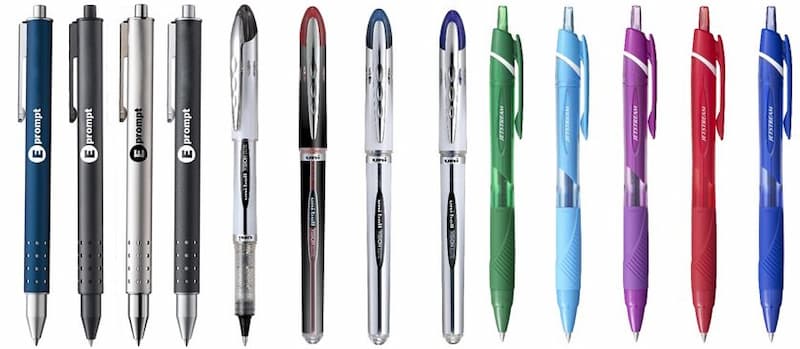
Despite their seemingly humble exterior, rollerball pens are a technical marvel that balances the fluidity of ink with the precision of engineering. They combine elements from fountain pens and ballpoint pens to offer a unique writing experience.
Composition of Rollerball Ink
Unlike the oil-based ink in ballpoint pens, rollerball pens utilise a water-based or gel-based ink. This formulation enables smoother, more fluid writing. It contains colourants, solvents, and other additives to enhance its flow and drying properties. Because the ink is water-based, it is usually quicker to dry than oil-based ink, reducing the chance of smudging.
The Mechanics of Ink Delivery
It features a ball mechanism similar to that of a ballpoint pen, usually made of metal. As the pen moves across a surface, the ball rotates, wicking ink from the internal reservoir and transferring it onto the paper. The water-based ink tends to flow more freely than its oil-based counterpart, providing a writing experience closer to that of a fountain pen.
Writing Experience: Flow and Finesse
One of the defining characteristics is the ease with which it writes. The lower-viscosity ink flows smoothly, requiring less hand pressure, thereby reducing fatigue during long writing sessions. This free-flowing nature also allows for more expressive handwriting, making them popular for creative tasks like journaling and sketching.
Practical Applications
It is often the preferred choice for signatures, handwritten letters, and any application where a more fluid line is desirable. They are also popular in artistic settings, as they allow for variations in line width, much like a traditional fountain pen.
Limitations and Precautions
While they offer a delightful writing experience, they come with their own set of drawbacks. The water-based ink tends to bleed through some types of paper and can also be prone to smudging if not given enough time to dry. They also don't have as long a shelf-life as ballpoint pens due to the faster evaporation of water-based ink.
They are more than just writing instruments; they are the result of careful design and engineering, all aimed at achieving a balanced and graceful writing experience. The complexity of their design may not be immediately apparent, but their performance certainly attests to the ingenuity behind them. The next time you pick one up, remember the meticulous science and engineering that enable your effortless strokes on paper.
Fountain Pens: Mastering Fluid Dynamics
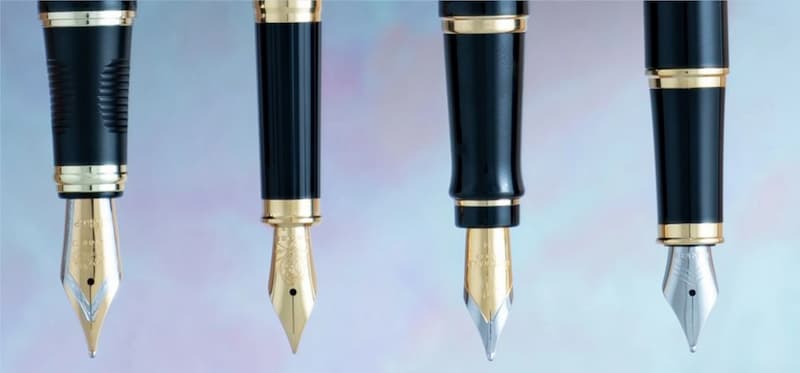
Fountain pens, often viewed as the epitome of luxurious writing instruments, are more than just a status symbol. They are marvels of engineering and design, offering unparalleled writing quality. Understanding the science behind fountain pens can deepen your appreciation for these iconic tools.
The Anatomy of a Fountain Pen
A typical fountain pen consists of several components: the nib, feed, ink reservoir, and barrel. The nib is usually made from gold, steel, or titanium and comes with a slit that allows the ink to flow. The feed is a series of channels and fins directly under the nib that controls the ink flow by using capillary action and gravity.
The Ink Reservoir
They can have different types of ink reservoirs, from piston fillers and converters to cartridges. The reservoir holds ink in liquid form, usually water-based, with various additives such as solvents and pigments to enhance its qualities.
Capillary Action: The Science of Flow
One of the most interesting aspects is how it uses capillary action to transfer ink from the reservoir to the paper. When the nib touches the paper, the capillary action draws ink down the slit in the nib and onto the paper, while air moves in the opposite direction through the feed to replace the ink drawn out, thus enabling a continuous flow.
Writing Experience: Control and Expression
They allow a greater degree of control over your writing. The design of the nib - whether it's fine, medium, or broad - along with the pressure you apply influences the line width, providing you with a much richer, variable line compared to other pens. This control is why they are often favoured for calligraphy and artistic sketching.
The Art of Maintenance
It does require regular cleaning to ensure optimal performance. Ink can dry and clog the feed channels, affecting the pen's writing quality. Regular flushing with water maintains the capillary action that is vital to the pen's function.
Limitations and Challenges
While they offer unparalleled writing elegance, they are not without limitations. They can be more expensive upfront, require regular maintenance, and may leak if not properly stored. Additionally, the ink choices might be limited to what is compatible with the pen's feed mechanism.
A fountain pen is not just a writing tool; it's a complex system designed to turn the act of writing into an art form. Understanding the science and engineering behind it makes using one all the more satisfying. When you pick up a fountain pen, you're wielding centuries of innovation aimed at perfecting the art of writing.
Gel Pens: A Symphony of Consistency and Vibrancy
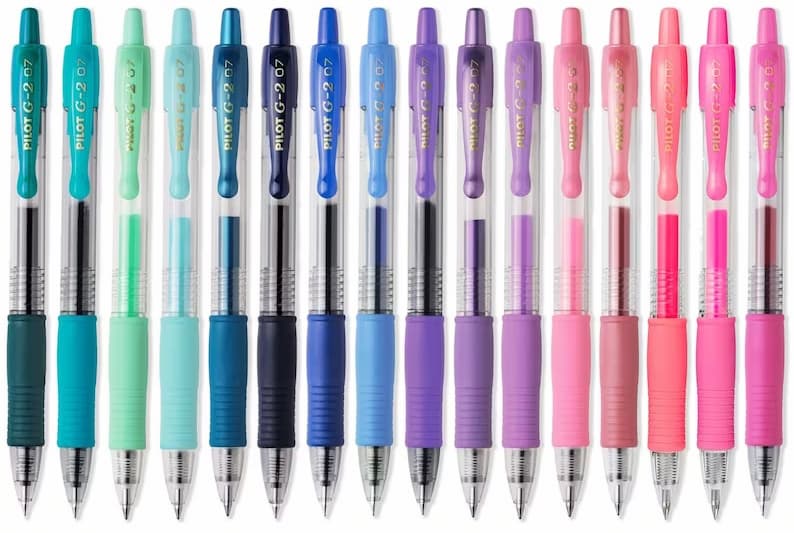
Gel pens are a relatively modern addition to the world of writing instruments, capturing attention with their vibrant ink colours and the smoothness they offer while writing. They may look similar to ballpoint or rollerball pens, but the science behind their operation warrants its own section.
The Composition of Gel Ink
The ink in a gel pen combines water with a thickening agent like xanthan gum or fumed silica, giving the ink gel-like consistency. Rather than dyes, pigments are used for colouring, allowing for a wide range of vibrant, opaque colours, including metallic, neon, and glitter inks.
How the Ink Flows
The unique formulation allows for a smooth and consistent ink flow. This is facilitated by the pen's rolling ball mechanism, similar to that in ballpoint and rollerball pens. As the ball rolls, it draws the thicker gel ink from the reservoir, laying it down on the paper with an even consistency. The gel ink offers less resistance, meaning you can write more smoothly with less pressure than a ballpoint pen.
Quick Drying and Smudge Resistance
One of the notable properties is its quick-drying ability, thanks to the rapid absorption of water content once the ink is laid on paper. This property makes them particularly popular among left-handed individuals who might otherwise struggle with smudging while writing.
Specialised Uses
They are often favoured for artistic applications due to the variety of colours and types of ink available. They're also well-suited for writing on dark or slick surfaces where other types of ink may not show up as well. However, it's worth noting the ink tends to be used up more quickly than traditional ballpoint ink.
Limitations and Precautions
While they offer a host of advantages, they are not without limitations. For instance, they are more susceptible to drying out if left uncapped. Moreover, it is generally less water-resistant compared to the oil-based ink in ballpoint pens, although some water-resistant formulations are available.
Gel pens represent a fusion of artistic possibilities and scientific precision. The chemistry behind the gel ink, combined with the mechanics of the pen, delivers a writing experience that stands out for its smoothness, consistency, and vibrancy. It's a testament to how far the humble pen has evolved, adapting to new demands while incorporating advancements in material science and fluid dynamics.
Physics in Action: The Angle and Pressure
Regardless of the type of pen, the angle and pressure applied during writing affect the ink flow. Pens are generally designed to have optimum ink flow at specific writing angles and pressure levels, a feat achieved through multiple iterations and tests.
Ballpoint Pens: Less is More
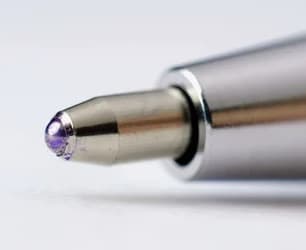
In ballpoint pens, the rolling ball at the tip acts as a valve, controlling the release of the ink. However, these pens require more pressure to get the ball rolling. The angle also needs to be more acute, typically around 60-80 degrees, to engage the ball effectively with the paper. This is why some people experience hand fatigue when using them for extended periods; the need for consistent pressure and angle to maintain ink flow can be taxing.
Gel Pens: Smooth Sailing but With Caution
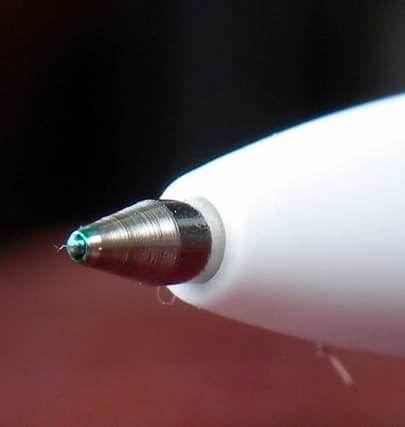
The ink in gel pens is thicker and more viscous compared to ballpoint pens, which usually means less pressure is needed to get a consistent line. However, the writing angle can be crucial. Gel pens often perform best at a medium angle, roughly 45 to 60 degrees, allowing the gel ink to flow smoothly through the tip without blobbing or skipping.
Rollerball Pens: The Balance of Fluidity
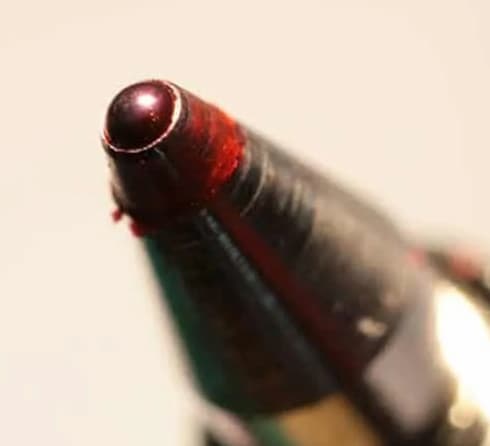
Rollerball pens use water-based ink, which flows more freely compared to the oil-based ink in ballpoint pens. As such, they require less pressure for ink to flow, making for a smoother writing experience. However, the angle can play a significant role; too steep an angle can result in a thinner line or even skipping, while too shallow can cause blotting. Most users find an angle between 40 to 55 degrees optimal.
Fountain Pens: The Art of Precision
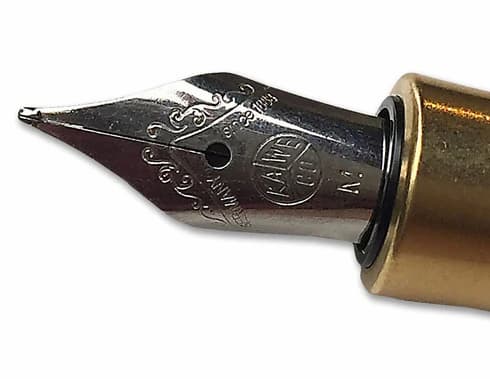
Fountain pens offer the most control over angle and pressure but are also the most sensitive to variations in either. The nib's design and the pen's overall construction make it capable of producing variable line widths based on pressure. Typically, a 40-50 degree angle is considered ideal, but the sweet spot can vary from one pen to another. Too much pressure can cause the tines of the nib to separate and potentially ruin the pen, while too little can interrupt ink flow.
The angle and pressure in writing affect the quality and style of your lines and the comfort and ease with which you write. Understanding how different types of pens respond to these physical variables can help you choose the right tool for your specific needs, be it jotting down quick notes or crafting elegant calligraphy.
Conclusion
The science behind pens is a harmonious blend of physics, chemistry, and engineering. As we've seen, factors like ink viscosity, capillary action, gravity, and fluid dynamics come together to make writing not just possible, but efficient and reliable. So, the next time you jot down a note, take a moment to appreciate the complex science that enables this simple yet invaluable tool.
The Pens Only Team

